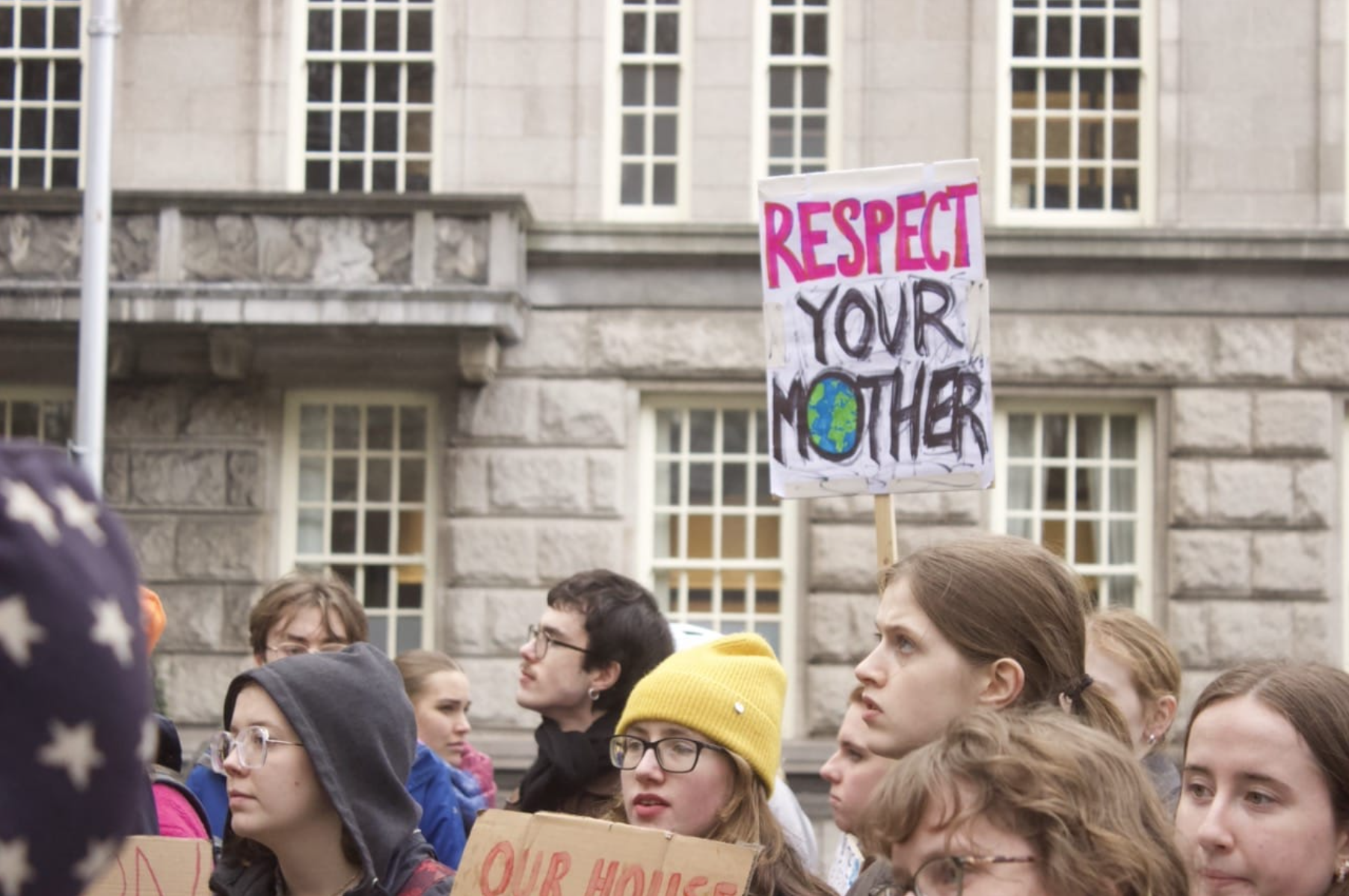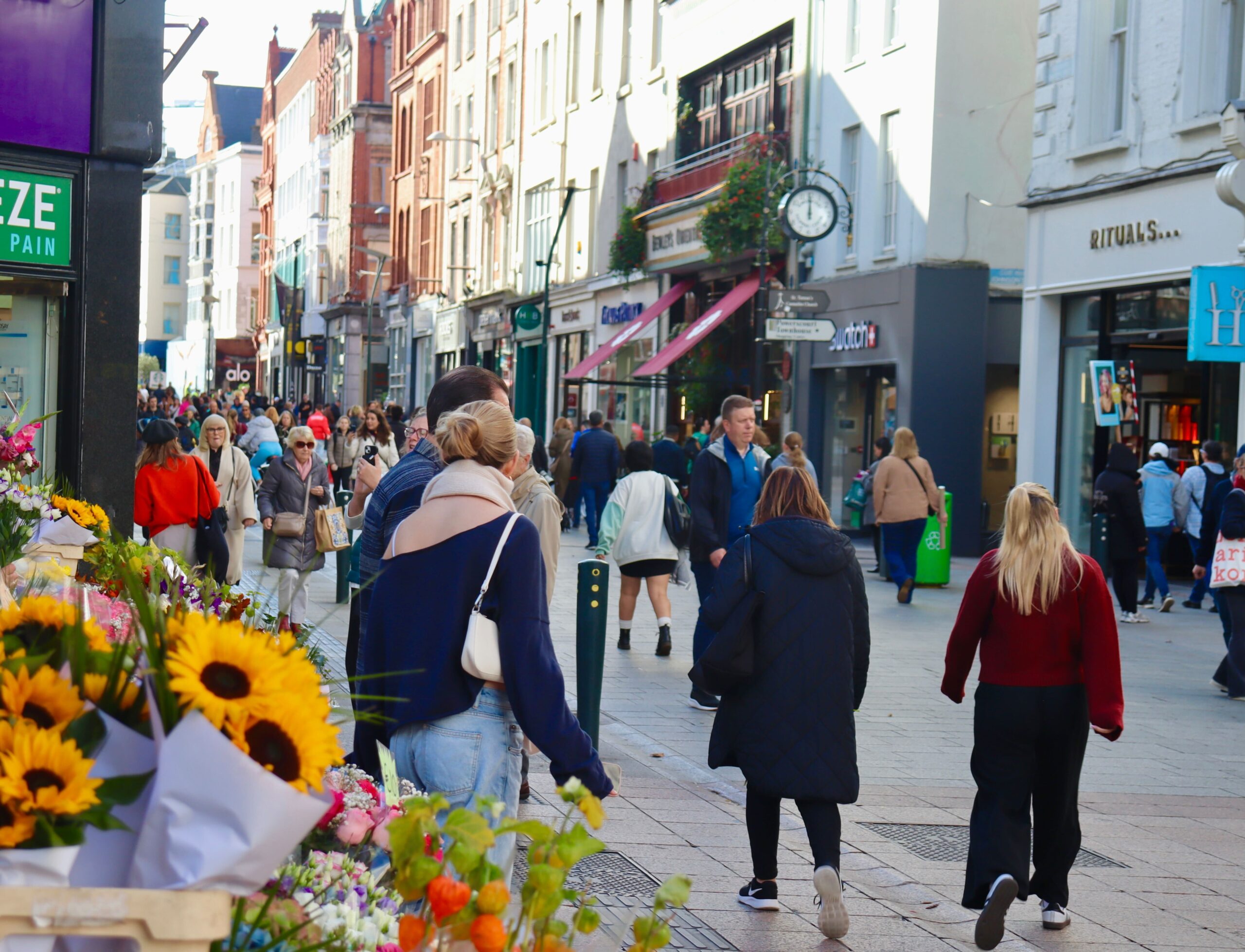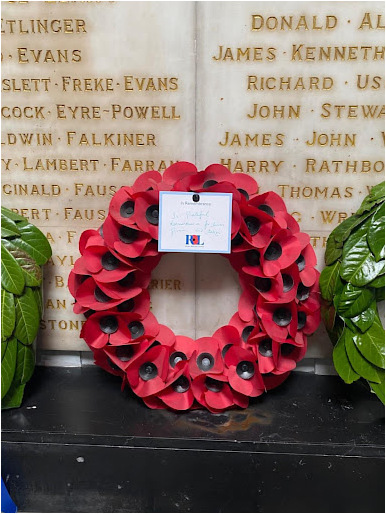Student movements have long been the backbone of political and social change, and the fight for marriage equality was no different. In fact, in the months leading up to the referendum, Irish students found themselves at the epicentre of the campaign.
Their stance, in the main, was a simple one – a vote for marriage equality was a vote for human rights. For Trinity students, this desire for change was at the forefront of their political campaigning, and they were willing to try any medium to make their voices heard.
Trinity College Dublin Students’ Union (TCDSU) unleashed a series of compelling strategies in the months leading up to the vote. In order to bridge a perceived generation gap, the union started a “ring your granny” campaign.
Then there was the Make Grá The Law campaign, the brainchild of Maynooth Students’ Union, which was adopted by the Union of Students Ireland (USI) and later by student and non-student campaign teams alike.
Here was a political discourse that related directly to the lives of Ireland’s students. Their passion for change was indicative of that
USI ran voter drives in colleges across the country, registering over 27,000 students to vote in the election. It went for a world record for the most people to stand in a human heart – a total of 540 students – on a rainy day in Smithfield.
When Dublin City University (DCU) scheduled exams on the day the referendum was to be held, student campaigners rallied against this decision, and alterations were made to timetables. Student voices were not only being heard, but they were spearheading the movement for the young campaigners across the country.
For the first time in a long time, here was a political discourse that related directly to the lives of Ireland’s students. Their passion for change was indicative of that.
The movement, more than any preceding it in recent times, put a microscope on young people, forcing them to reassess the value of their vote. It spurred political involvement in further campaigns that also directly affected the choices of young people today, such as the repeal the eighth movement.
But this, however, may just be the issue. Student voices are loudest when the issues affect the students directly. Since repeal, students have struggled to find their footing in political action, and any attempt to recapture this attention to a cause has not quite won the same attention.
Climate and rent strikes have had their time in the limelight, but with internal conflicts between movements and students’ unions, and a general diminishing of support over time, neither has cemented their spot at the forefront of the Irish student politics.
Perhaps it is the more vague nature of climate action or the seemingly insurmountable feat of battling rising rent prices in Ireland, but the student voice has quietened down in recent years.
Many have made valiant efforts: with over 10,000 young people taking to the streets of Dublin in September for climate, campaigns most certainly have had mass support, but for one reason or another third-level students haven’t managed to grab an issue by the scruff of the neck.
For Irish students, the marriage equality referendum put them front and centre of political discourse – traditionally a rare occurrence – as well as mobilising them as a bloc with a purpose.
Student voices are loudest when the issues affect the students directly
The movement brought out the best from students. TCDSU was innovative in its approach to engaging students and established a clear-cut strategy to do so. USI sought to fuse together both young and old, with honest conversations and rigorous campaigning. This same momentum was mirrored, if not heightened in the proceeding work done for repeal the eighth.
It’s difficult to know what is required for students to recapture the energy of the marriage equality referendum – and how they can bring it, for instance, to social issues like trans rights, which still require their energies.
Perhaps issues such as climate action and rent increases will have to obtain more media attention for a mass movement to take place, or maybe activists feel their work is redundant without a concrete end in sight.
May 22nd, 2015 was a day that meant so much to so many. For students, in particular, it displayed the power of effective action and showed that when it came to concrete change, there was little to match their collective power.
For now, it seems we may have to just wait and hope that someday, something will animate students to the same extent.







